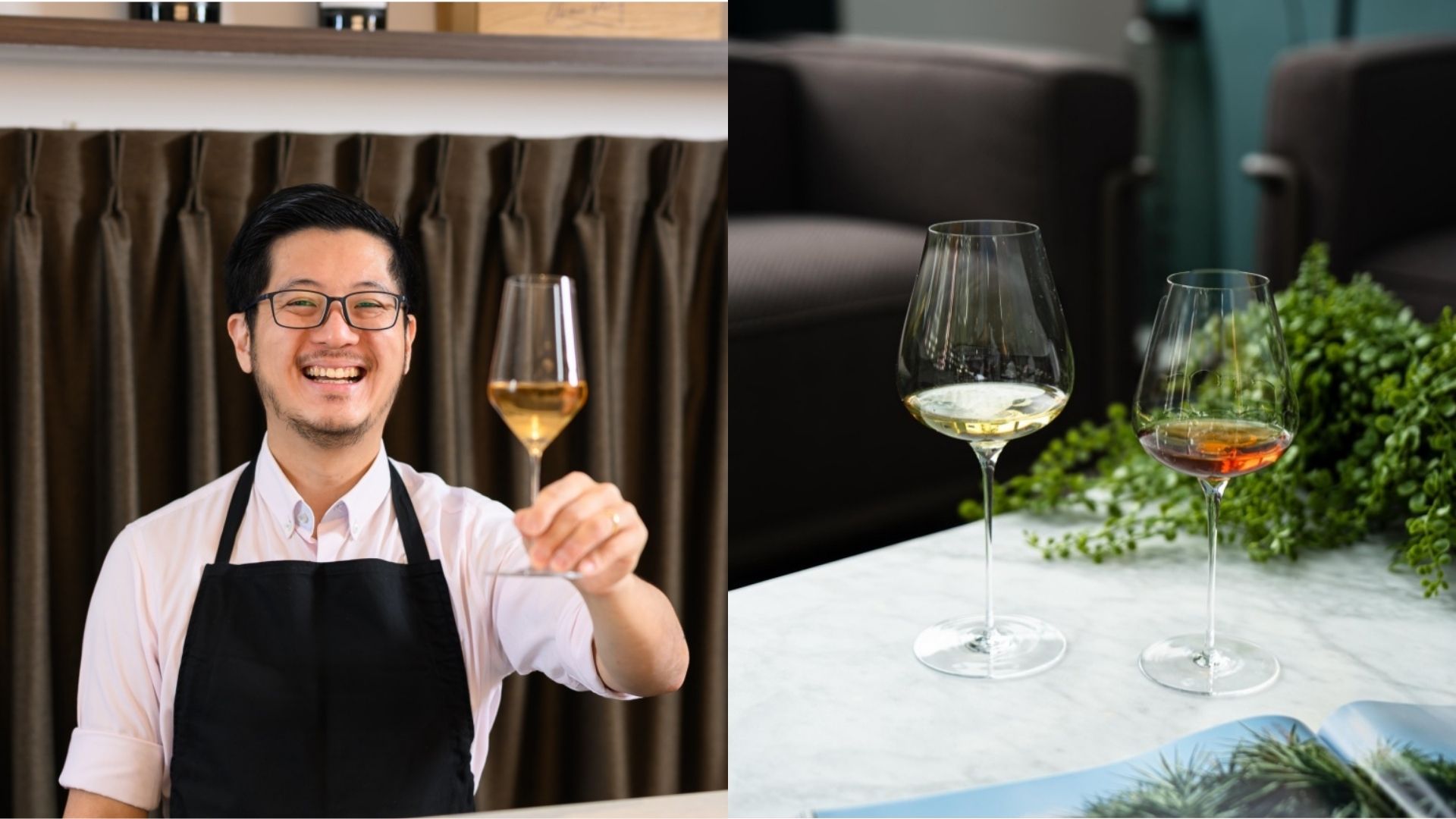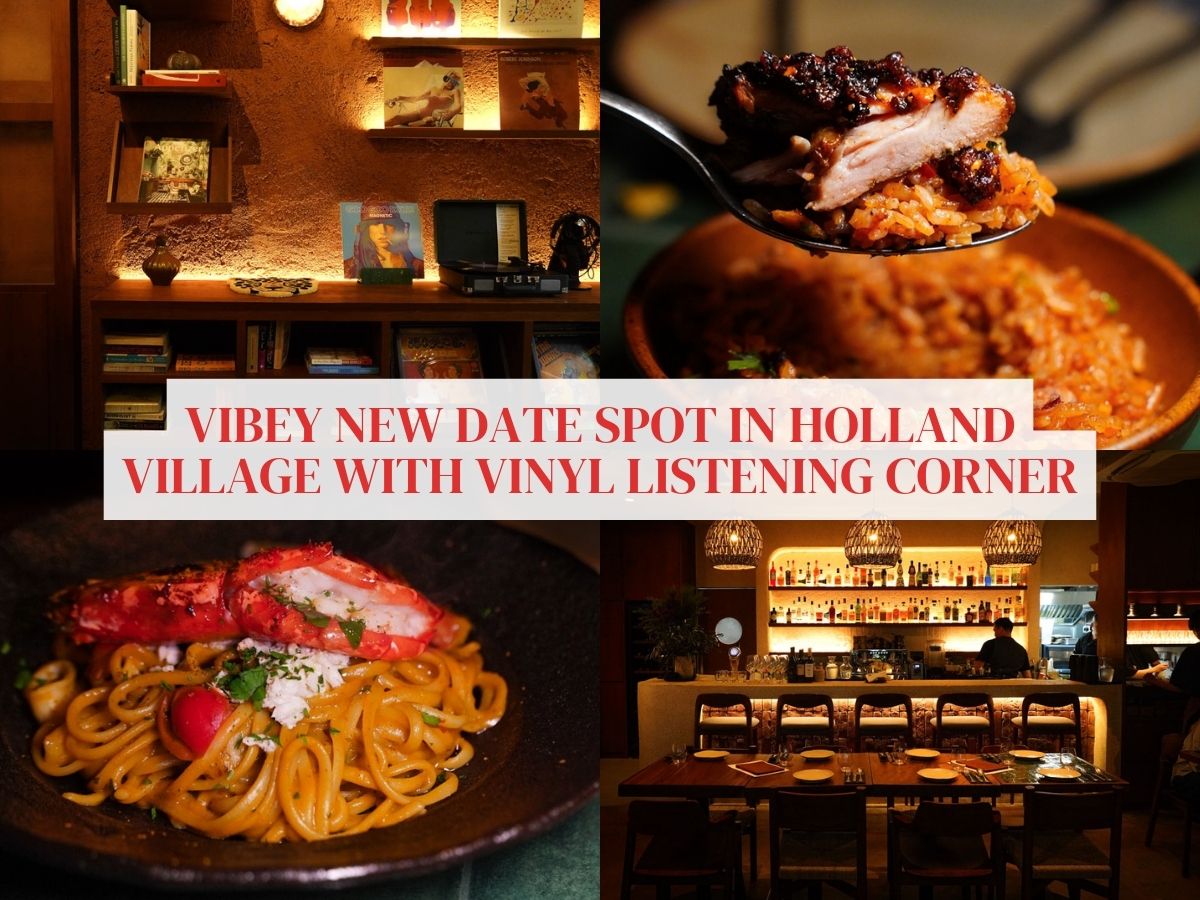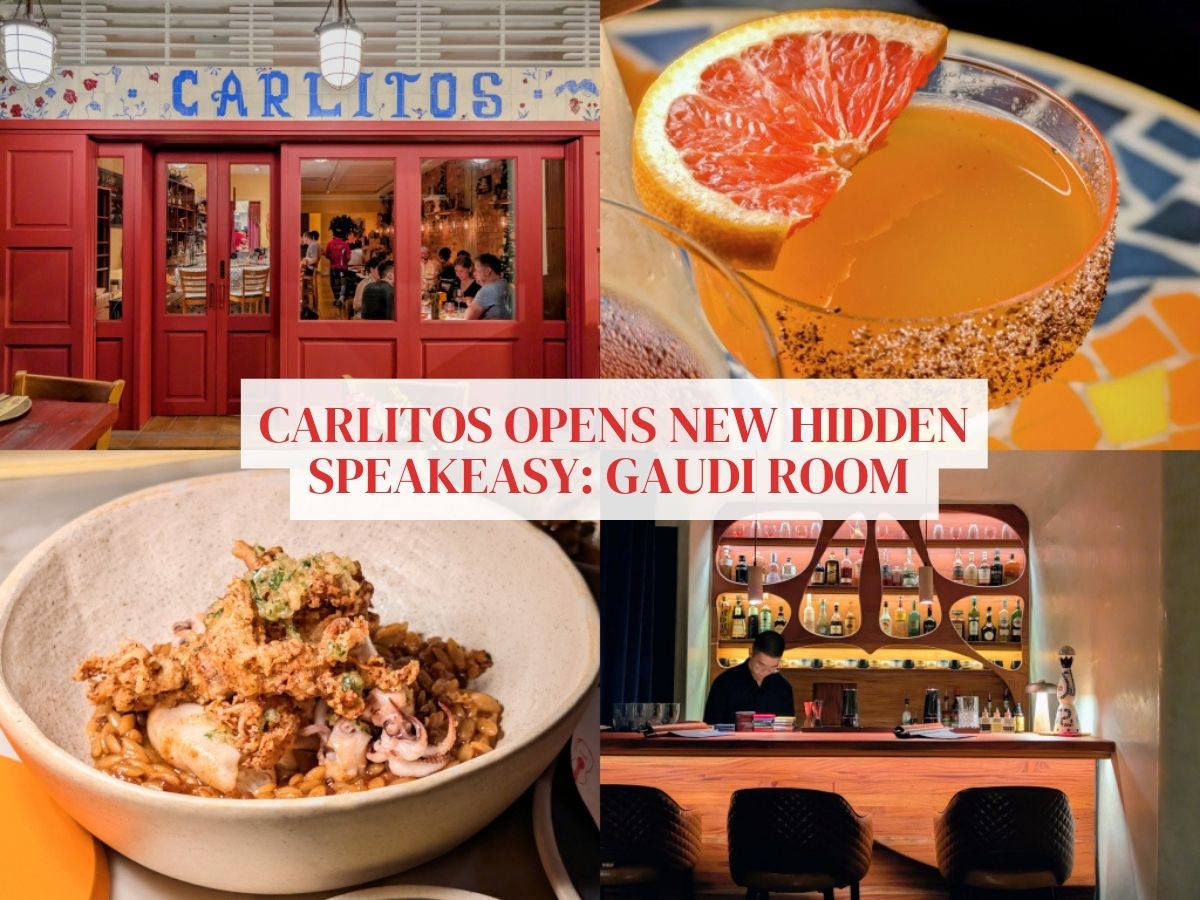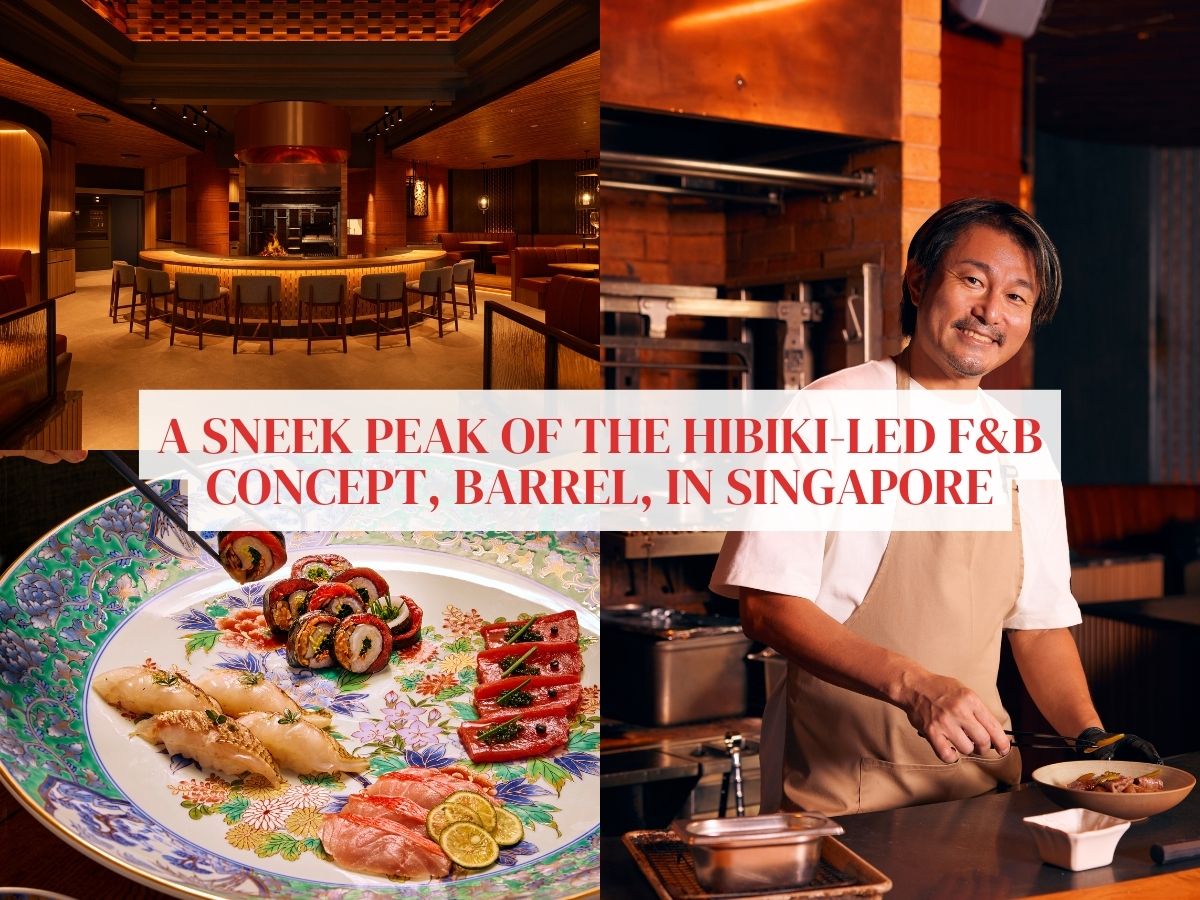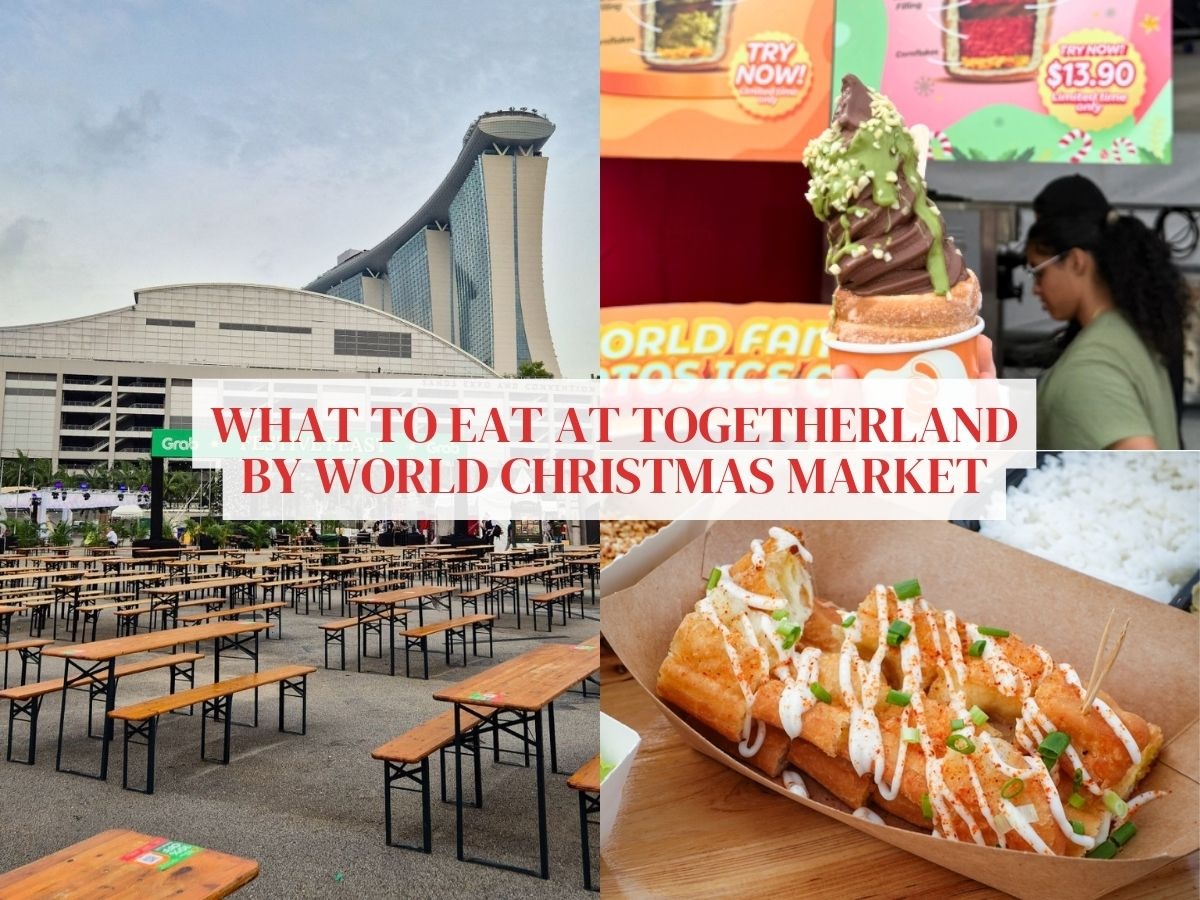Commentary: Don’t pop and spray, and other champagne myths debunked
Picture this: A winner is crowned and bottles of fizzy champagne are popped open and sprayed over the podium and crowd to mark the happy moment.
You would have seen this often, in movies and even recently during the recent Singapore F1 Night Race.
Champagne has always been associated with life’s celebratory events, from birthdays and weddings, to a job well done.
Over the years, champagne’s inherent bubbly nature has seen it become a symbol of success and luxury — a go-to drink for winners.
That’s all true, but there’s so much more to champagne, than just the bubbles and prestige!
Of course, with more people getting curious about champagne, there are bound to be misconceptions and misunderstandings about this popular beverage.
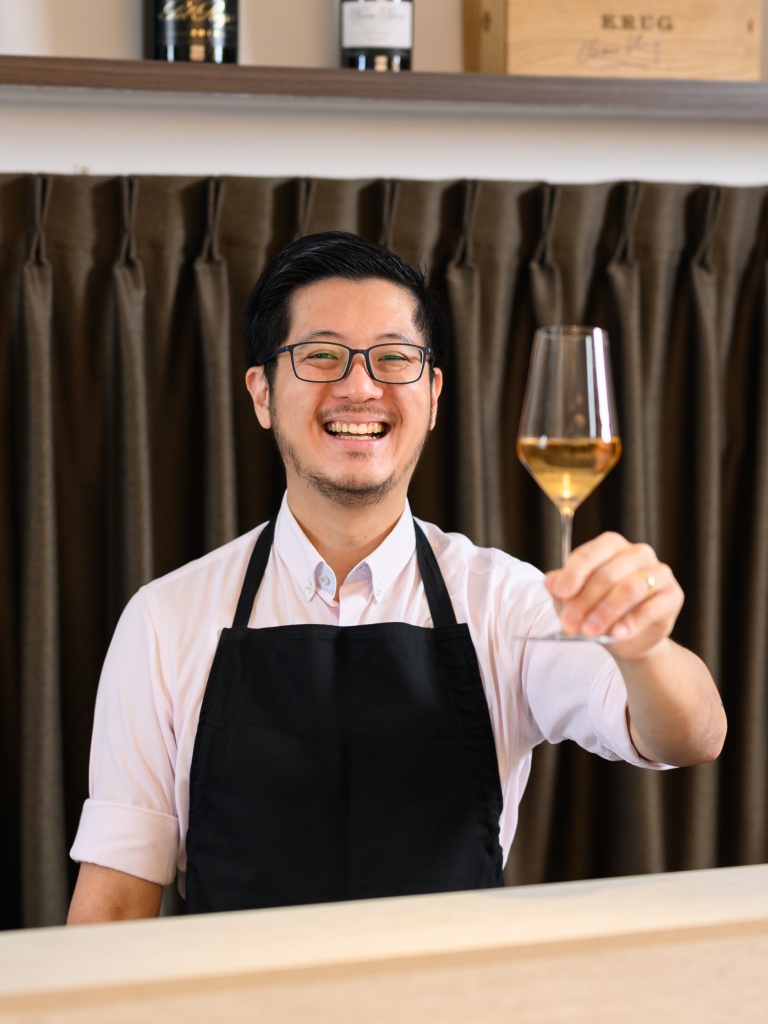
As someone who has been a sommelier for more than a decade and the owner of a dedicated champagne bar, I tend to get a lot of questions about this bubbly drink.
Ahead of the upcoming festive season, if you have some questions of your own or find the topic of champagne being brought up at parties, here are some of my usual responses to some common misconceptions around champagne:
Myth #1: Champagne gets you drunk really fast
Not true. It is relatively lower in alcohol by volume (ABV) than most white and red wines — champagnes usually boast an ABV of 12%, while reds and whites typically average 14% and 13% respectively — and whenever I drink champagne, I find that it uplifts me, rather than making me lethargic.
Have you ever had those instances where you have had a few glasses of full-bodied, heavy red wines, and after a few glasses you just feel like drinking something else? When I drink champagne, I can keep going and going — try it and you might feel the same!
In general, I would always encourage people to hydrate well while drinking — a glass of water for every glass of alcohol — and even better if you have some bites of food to enjoy alongside your glass.

Myth #2: Champagne is too atas (posh) — it’s for high society only
In pop culture, champagne is often associated with grand ballrooms and lavish lifestyles, and you may think of champagne as being just for those who are more high-heeled, or looking to blow thousands at clubs.
But having met several champagne winemakers before in Champagne, France itself, I can safely say they are really just down-to-earth farmers, who are blessed with great land to make great wine.

There’s also a great diversity of champagne at every price point, from fresh everyday styles to long-ageing and harder-to-make ones — it’s just a matter of finding a favourite that suits your preferences.
Myth #3: Champagne is just an aperitif
I’ve observed that amongst wine drinkers, champagne isn’t just the obligatory bottle to start the evening with, these days.
It’s being opened more frequently in between meals, at the end, or even outside of meals, and is paired with all cuisines, too
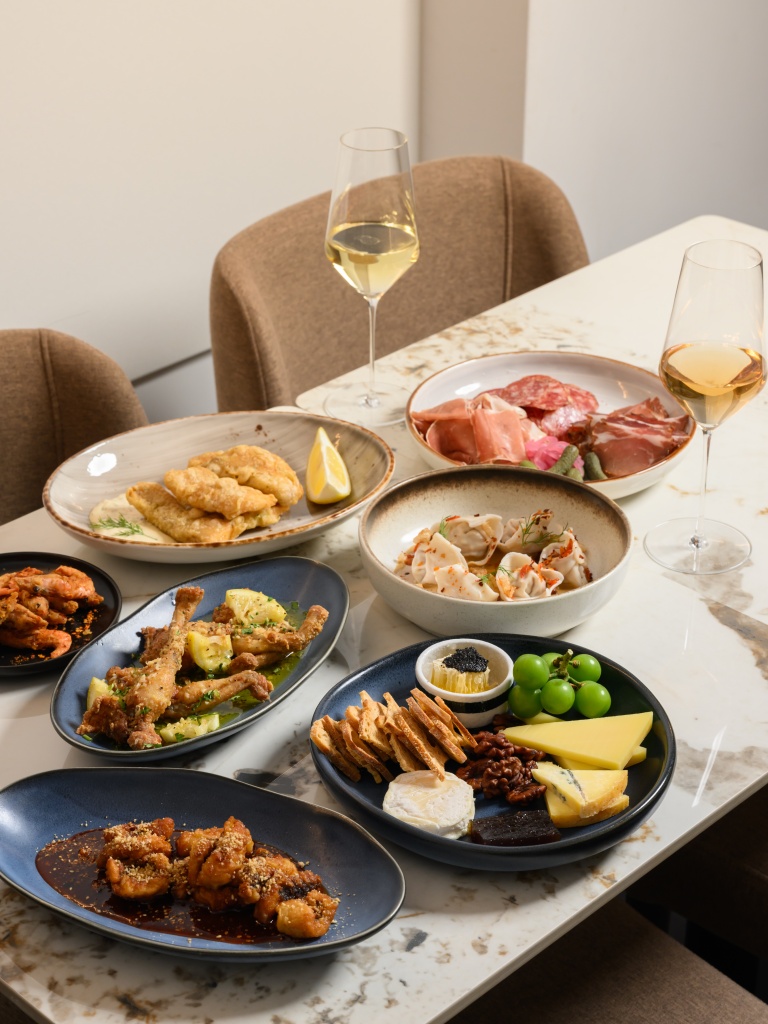
It’s a delicious drink, great for our climate, super versatile with all kinds of cuisine — I’ve personally had it with anything from fried chicken to sushi. In fact, if you’re a fan of Cantonese fare, I urge you to try a champagne Blanc de Blancs to go with crispy-fried frog legs with sliced ginger — amazing combination!
I also find that more people are popping open a chilled champagne, regardless of it being an occasion or not.

Myth #4: You should pop open a champagne bottle
Unlike F1 drivers, you probably wouldn’t want to spray your champagne and waste good drinking alcohol, especially if you’ve had to pay for it. (Not in this economy!)
The best way to open a bottle is actually by holding on to the cork, while the bottle is at a 45° angle, and turning the bottle gently while easing the cork out. This results in a gentle “pfft” sound or as they call it, the Angel’s Sigh.
Sabering a bottle of wine is becoming increasingly trendy as a spectacle now, but I wouldn’t recommend it either, for the same reason — you want more of the champagne in your glass, and not on the ground!
Once the bottle is open, don’t reach for the flute if you want to taste the nuances of your champagne.
Flutes are great for directing the bubbles upwards and looking pretty, but the small opening doesn’t allow for the wine’s flavours to open up adequately. Choose a tulip or small white wine glass instead for a better experience.

Myth #5: The region Champagne in France only makes sparkling wine
To answer one common misconception point blank: Yes, only wines made in Champagne can be called champagne. But it is not all that the region of Champagne makes.
Champagne may be a singular wine region in France, but it offers so much diversity that many are unaware of. Beyond sparkling wines, Champagne also makes still wines that are white, red and rosé.
The region even makes a sweet wine called Ratafia de Champagne (brandy made from Champagne grapes mixed with unfermented grape juice), and even cider!

You could drop by Convivial, which I opened in 2023, to discover more, or ask your regular wine bar if they might have non-bubblies from Champagne.
In Champagne alone, there are over 5,000 wine producers, more than the number of producers in the entire country of Spain.
There is truly so much to explore and learn together, so if you have the time, why not join us this weekend at Singapore’s first champagne-focused festival, Champagniac, at Jewel Changi Airport?
This is a guest post.
For more highlights around Jewel Changi Airport, check out the all-new The Coach Restaurant Singapore, and this comprehensive dining guide around Jewel.
The writer is the founder of Convivial, Southeast-Asia’s first dedicated Champagne bar, which stocks over 250 labels, and the co-founder of Champagniac, an annual champagne festival.
He began his career as a sommelier in 2012, with stints at Michelin-starred spots in Singapore among many others, and also won the Singapore National Sommelier Competition in 2022 and Best Sommelier in French Wines in 2016 and 2018.
If he’s piqued your interest in champagne, you can join him and other champagne-loving aficionados at the ticketed Champagniac festival on November 8 and 9 at Jewel Changi Airport, or swing by Convivial at North Canal Road for a drink, or two!
The writer is the founder of Convivial, Southeast-Asia’s first dedicated Champagne bar, which stocks over 250 labels, and the co-founder of Champagniac, an annual champagne festival.
He began his career as a sommelier in 2012, with stints at Michelin-starred spots in Singapore among many others, and also won the Singapore National Sommelier Competition in 2022 and Best Sommelier in French Wines in 2016 and 2018.
If he’s piqued your interest in champagne, you can join him and other champagne-loving aficionados at the ticketed Champagniac festival on November 8 and 9 at Jewel Changi Airport, or swing by Convivial at North Canal Road for a drink, or two!
Tue 4pm - 12am
Wed 4pm - 12am
Thu 4pm - 12am
Fri 4pm - 12am
Sat 4pm - 12am
- Clarke Quay
